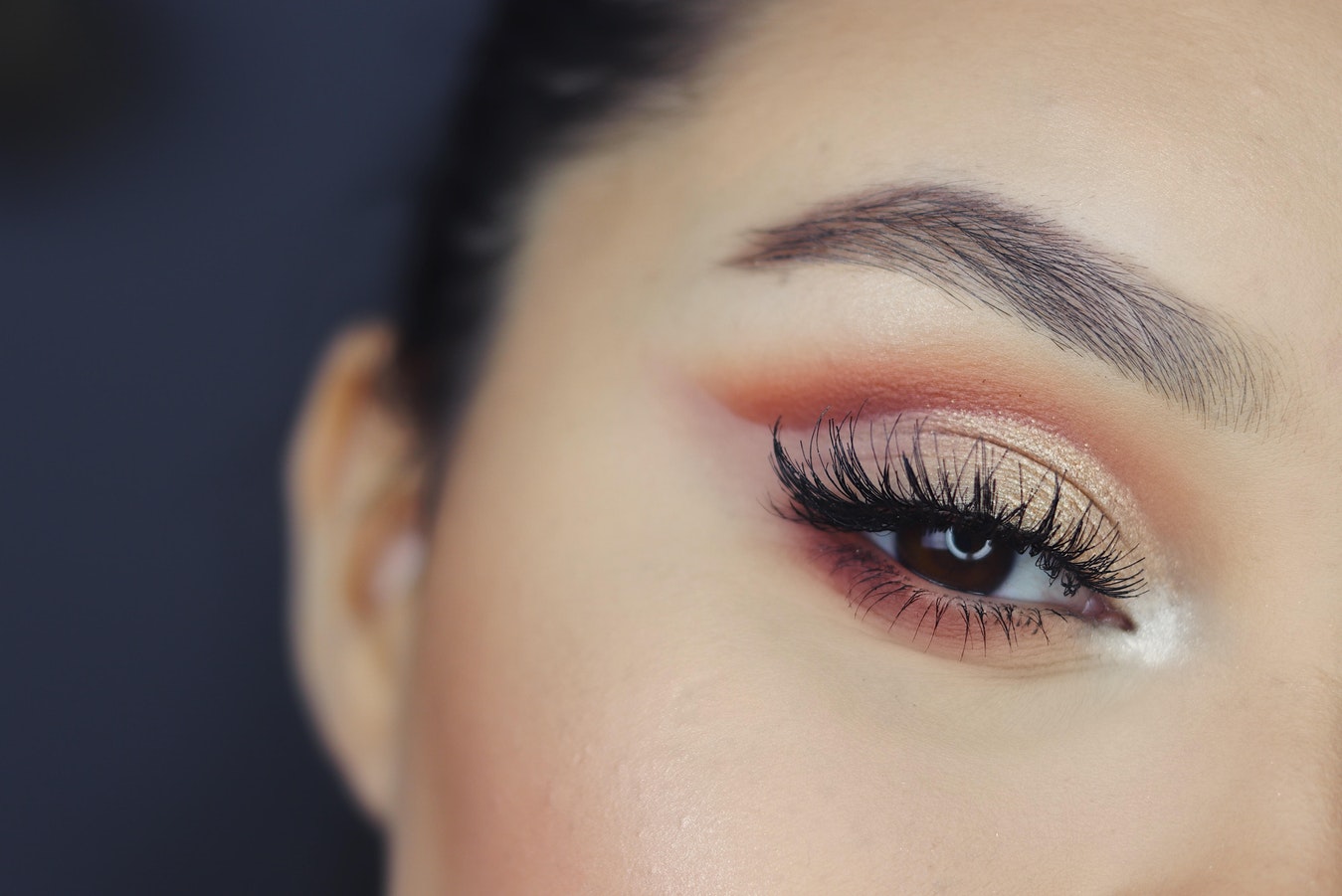
Body + Mind is reader-supported. We may earn an affiliate commission when you buy through some of the links on our site.
Have you had an eye exam in the last year? Although women are at a higher risk for contracting various types of vision problems than men, most would tell you that they only see an optometrist when necessary. For those who have 20/20 vision, the thought of maintaining eye health and engaging in regular checkups may even seem unnecessary.
But few would argue the importance of visionary health, which is why it’s more likely an unawareness — rather than indifference to — these common eyesight problems that seems to be at play. Do you know the common types of vision problems you should be on the lookout for as a woman?
Here’s a look at 4 common types of vision problems, and the symptoms you’ll want to know to ensure your eyes remain beautiful and healthy — just as they should be.
Age-related macular degeneration (AMD) is an eye disease that gradually blurs an individual’s vision over time, making it difficult to focus the eyes without issue. Caused by damage to the center of the retina, AMD can make everyday activities, such as reading and driving, difficult due to unfocused vision.
Statistics show that an astonishing 65% of AMD cases afflict women alone, making it one of the most common types of vision problems in women you’ll want to be aware of and know how to prevent.
To reduce your risk of AMD, remember to wear sunglasses in the sun to protect your eyes from potentially harmful UV rays.
You know that hormones play a vital role in ensuring your overall sense of well-being, so it should come as no surprise that they influence the health of your eyes, too.
Pregnant women may have an even greater risk of experiencing eye changes, especially when considering the hormonal changes that occur during pregnancy. As hormones shift, it’s not uncommon for women to experience dry eyes — a condition which can create eye sensitivity and feelings of irritation.
This issue is common in postmenopausal women as well since the shift in hormones may interfere with the normal production of tears. Since dry eyes can cause gritty and burning sensations that interfere with your vision, it’s vital to invest in lubricating drops that’ll help to keep your eyes moist and comfy.
We’ve all gone to the eye doctor and grunted in annoyance at these 5 simple words — “time for your retinal examine.” While the eye drops that widen your pupils may be annoying and feeling the light shine in your eyes isn’t exactly ideal, it’s vital that your doctor discovers whether or not you demonstrate the signs of having a cataract.
Cataracts are one of the most common age-related vision issues for women. During menopause, decreased estrogen levels may play a role in the breakdown of the lens inside of the eye due to oxidative stress. Because these natural lenses are responsible for promoting clear vision, any disruption or wear increases the likelihood of cataract formation.
Common symptoms of this eye disease include clouded vision, light sensitivity, difficulty seeing at night and blurry vision. To reduce your risk of contracting this visionary issue, be sure to eat omega-3 and antioxidant-rich foods to help your eyes better ward off potential cataract formation.
As we age, our eyes take the heat for years of playing in the sun, reading in dimly lit rooms and staring at screens for far too long. Gradually, nerve damage may occur and lead to even greater eye-related complications — glaucoma included.
We’re betting you’ve heard of glaucoma, especially since it’s a leading eye disease that afflicts many women as they age. The tricky part about this eye condition is that it often doesn’t display warning signs or symptoms during earlier stages, making it more difficult to treat and prevent when it first forms.
Research studies show that changes in female sex hormones over time can potentially impact intraocular pressure, leading to an increased risk of acquiring this disease. Fortunately, maintaining regular eye care and scheduling annual visits with an optometrist can help you prevent or reduce the progression of this disease.
There are many health benefits we take for granted on a daily basis — and being able to see without discomfort or complications is just one of them. Vision problems can also be a sign of other health conditions. But just because you may not find yourself experiencing eye issues now doesn’t mean you shouldn’t look out for your future eye-health, either.
Keeping your eyes healthy and comfortable is pretty important — wouldn’t you agree? While visionary health risks may be more common in women, that doesn’t mean they aren’t preventable, too.
Remember to schedule regular checkups with an optometrist while taking the proper preventative measures that’ll ensure your eyes remain healthy while preventing the various types of vision problems common in women. Life’s beautiful, after all — you’ll want to see it!